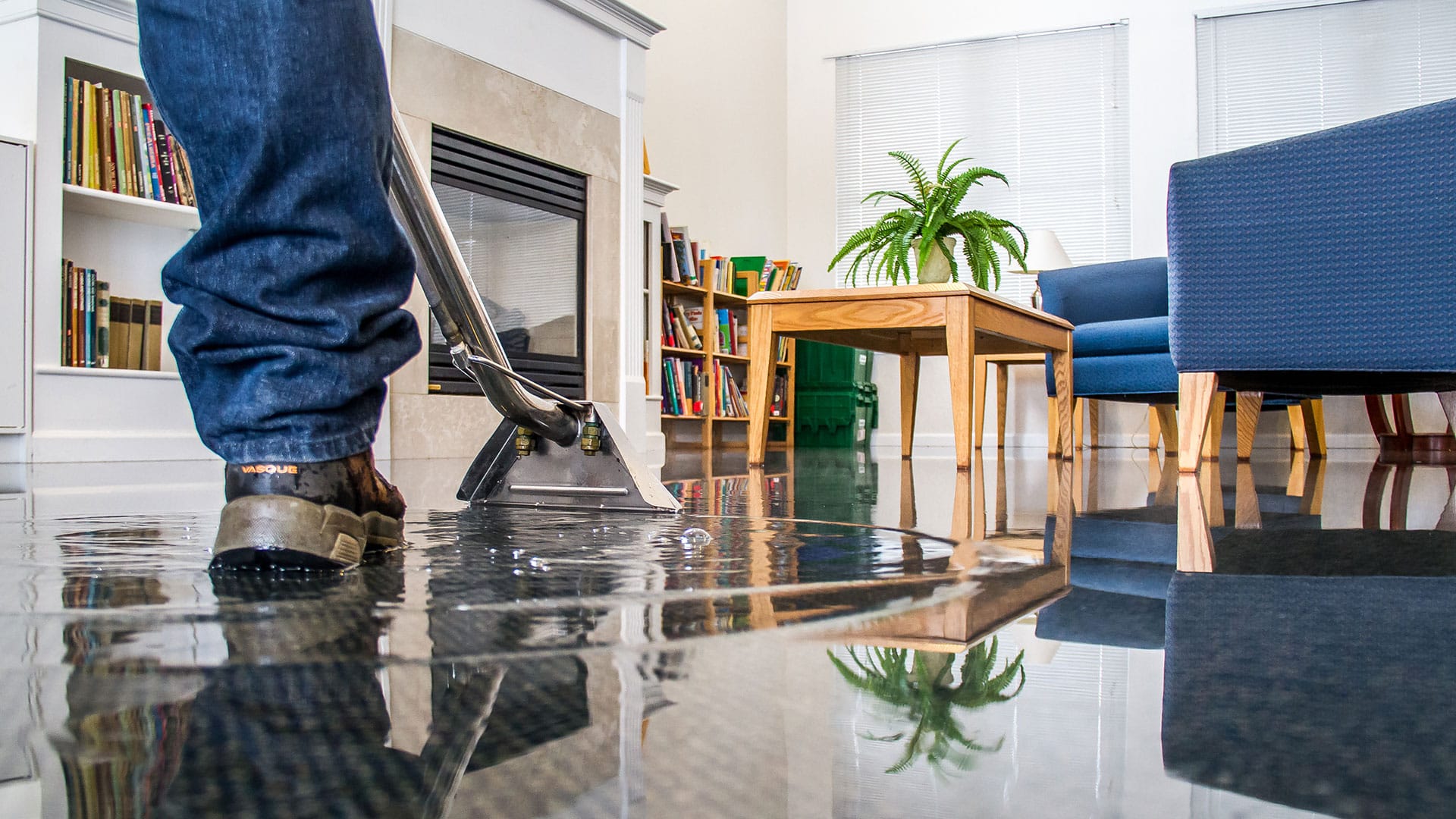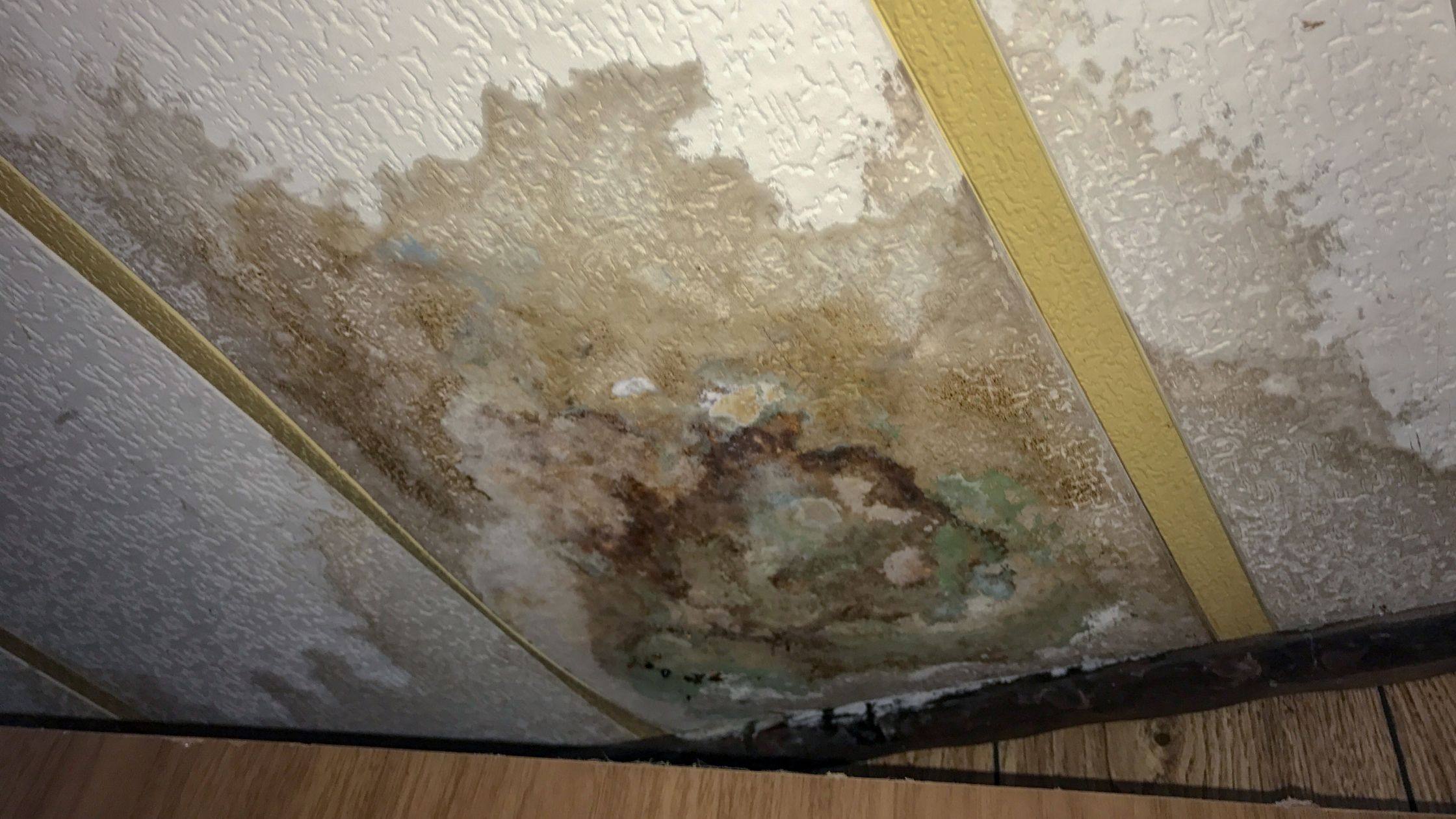Quick Response Emergency Water Leak Repair for Residential and Commercial Needs
Quick Response Emergency Water Leak Repair for Residential and Commercial Needs
Blog Article
The Process of Water Damages Cleaning: Ensuring Your Home Is Restored Effectively
Water damage can be a difficult obstacle for house owners, necessitating a meticulous and structured clean-up procedure to recover security and functionality. An extensive analysis is vital to identify the degree of the damages and identify the ideal remediation actions. Following this, efficient water removal techniques play a crucial role in alleviating more injury. The nuances of drying, sterilizing, and ultimate restoration are equally essential and often ignored. Recognizing these phases can make a significant distinction in the end result of your home's reconstruction, prompting a closer check out what each step involves.
Assessing the Damage
Upon uncovering water damage, the primary step is to completely evaluate the degree of the impact. This initial evaluation is essential, as it helps determine the necessary actions for reliable cleaning and reconstruction. Begin by checking the impacted areas, including wall surfaces, ceilings, floorings, and personal belongings, to recognize the resource of the water invasion, whether from flooding, leaks, or condensation.
Recording the damages is vital for both insurance coverage claims and planning reconstruction initiatives - damage restoration services. Use photographs and created notes to catch the severity of the damage, keeping in mind any type of afflicted structural aspects and materials. Pay unique attention to areas that may not be promptly noticeable, such as behind walls and under carpets, as concealed moisture can result in additional problems, consisting of mold development
In addition, assess the timeline of the water direct exposure. The longer the products remain damp, the greater the capacity for damage. Comprehending the duration of exposure will certainly inform the seriousness of removal initiatives. Eventually, a comprehensive analysis prepares for a successful water damage cleaning process, making sure that all affected locations are dealt with successfully and thoroughly.
Water Removal Techniques

Professionals generally employ submersible pumps for larger volumes of water, which can rapidly ease flooding in cellars or various other influenced locations. For smaller sized amounts, wet/dry vacuum cleaners are usually made use of to remove recurring dampness from carpetings and difficult surface areas. Furthermore, utilizing portable extractors enables targeted removal in confined spaces or locations with fragile products.
In instances of polluted water, such as sewage or floodwater, advanced removal strategies might include making use of biohazard equipment to ensure safety and conformity with health and wellness laws. High-powered removal devices are important in reducing water retention in structural products, which can bring about mold and mildew growth and architectural deterioration otherwise attended to immediately.
Ultimately, the effectiveness of water removal methods plays a pivotal duty in the general success of the water damage cleaning process, laying the groundwork for succeeding repair efforts.
Drying and Dehumidification
As soon as standing water has been effectively removed, the next critical stage in the water damages cleanup procedure is drying out and dehumidification. This action is vital to prevent more damage and mold and mildew growth, which can take place within 24 to 48 hours in wet environments.
To attain efficient drying out, specific tools such as industrial-grade air movers and dehumidifiers is used. Air movers distribute air across damp surfaces, boosting evaporation prices, while dehumidifiers reduce humidity degrees in the air, promoting a helpful environment for drying out. The mix of these tools makes sure that moisture is drawn out from wall surfaces, floors, and furnishings, enabling them to completely dry thoroughly.
It is essential to check the drying process carefully. Specialists often utilize wetness meters to analyze the moisture material in different products, ensuring that all affected areas get to appropriate dry skin degrees. This thorough technique aids to stop covert wetness pockets that might cause architectural damages or harmful mold and mildew development.

Cleaning and Sanitizing
After the drying and dehumidification stage is full, the following crucial action in water damage clean-up is cleaning and sanitizing the influenced locations. This procedure is vital to avoid the growth of mold, bacteria, and various other virus that thrive in damp settings.
The cleansing phase usually involves removing any kind of debris, dirt, and impurities from surface areas utilizing specialized cleaning representatives. For difficult surfaces, a mix of soap and water or industrial cleaning items is commonly utilized. Soft products, such as upholstery and carpets, might need more comprehensive cleansing techniques, including vapor cleaning or deep removal strategies, to make sure complete sanitation.

Sterilizing follows cleaning, making use of EPA-approved disinfectants to remove harmful microorganisms. This step is crucial, specifically in areas that may have entered contact with floodwaters or sewer, as these sources can pose significant health threats.
Additionally, it is official source necessary to address any type of continuing to be odors, which might call for making use of odor neutralizers or innovative techniques like ozone treatment. Correct cleaning and sterilizing not only restore the safety and health of your home but likewise prepared for effective restoration and repair services in succeeding phases of the water damage cleanup process.
Repair and Fixings

As soon as the analysis is total, restoration you can find out more initiatives can begin. Additionally, floor covering may call for similar focus, depending on the degree of water exposure.
It is critical to engage experienced reconstruction experts throughout this process, as they have the knowledge to handle intricate repair work properly. Moreover, they can aid alleviate potential future problems, such as mold iphone 4 water damage repair growth or architectural instability, thus making certain a habitable and secure living environment. Eventually, reliable remediation and repair services restore the home's integrity and boost its total value.
Final Thought
To conclude, the procedure of water damages clean-up is critical for bring back a home to its pre-damage condition. Each stage, from assessing the damage to carrying out reliable water extraction techniques, complied with by detailed drying, sanitizing, and required fixings, plays an important function in making sure safety and security and conformity with structure standards. Effective execution of these steps not only reduces immediate damage however likewise improves the long-lasting stability and worth of the property.
Water damage can be a difficult difficulty for homeowners, necessitating a meticulous and organized cleanup procedure to bring back safety and capability. Inevitably, a detailed assessment lays the foundation for a successful water damage cleaning process, ensuring that all influenced locations are attended to successfully and completely.
Efficient water extraction techniques are essential in minimizing damages and avoiding further problems following a water invasion occasion.In final thought, the process of water damages clean-up is crucial for recovering a home to its pre-damage condition. Each stage, from examining the damage to carrying out effective water extraction strategies, complied with by detailed drying, disinfecting, and required fixings, plays a vital duty in guaranteeing safety and security and compliance with building requirements.
Report this page